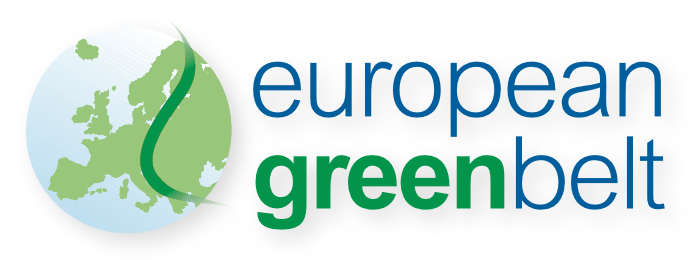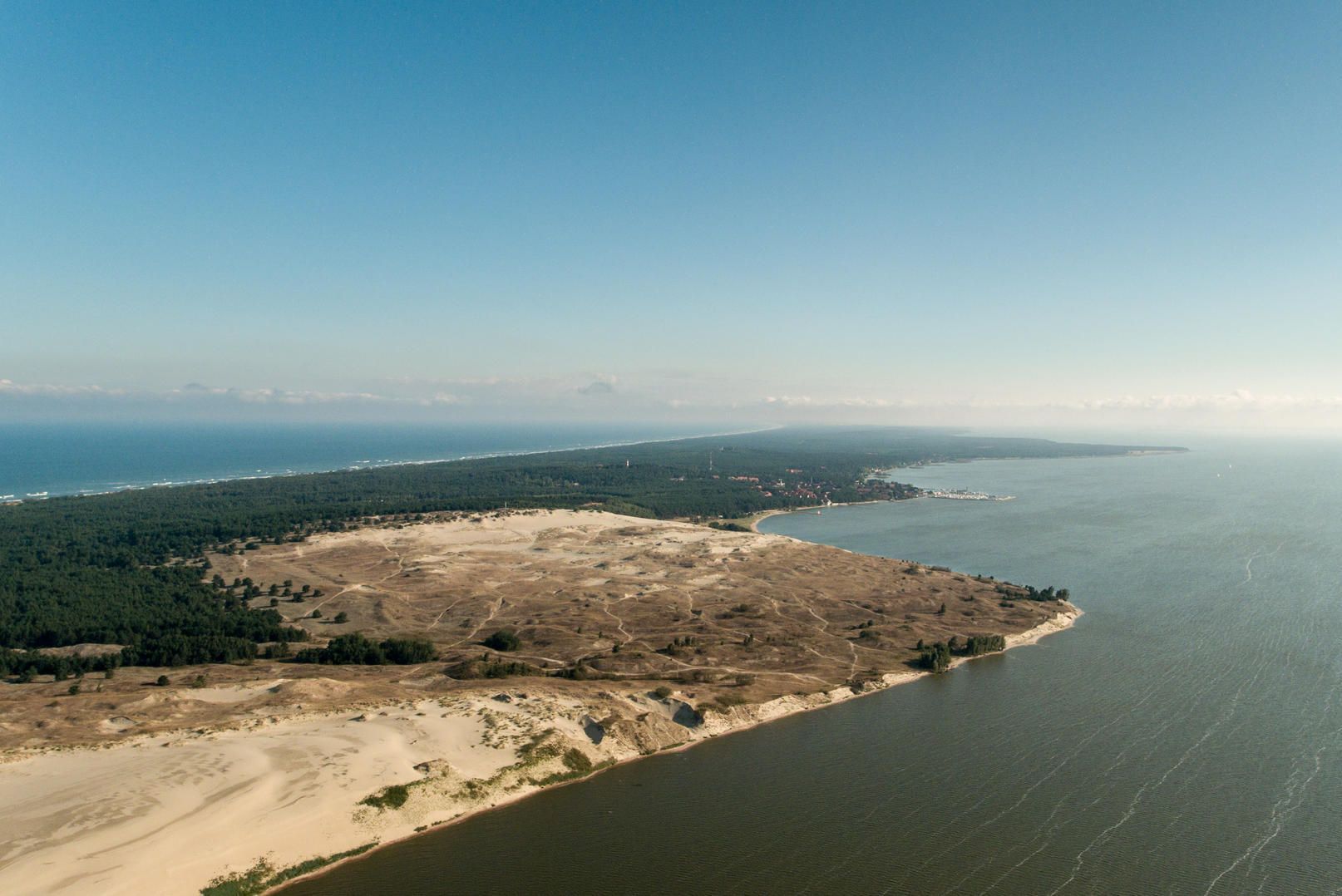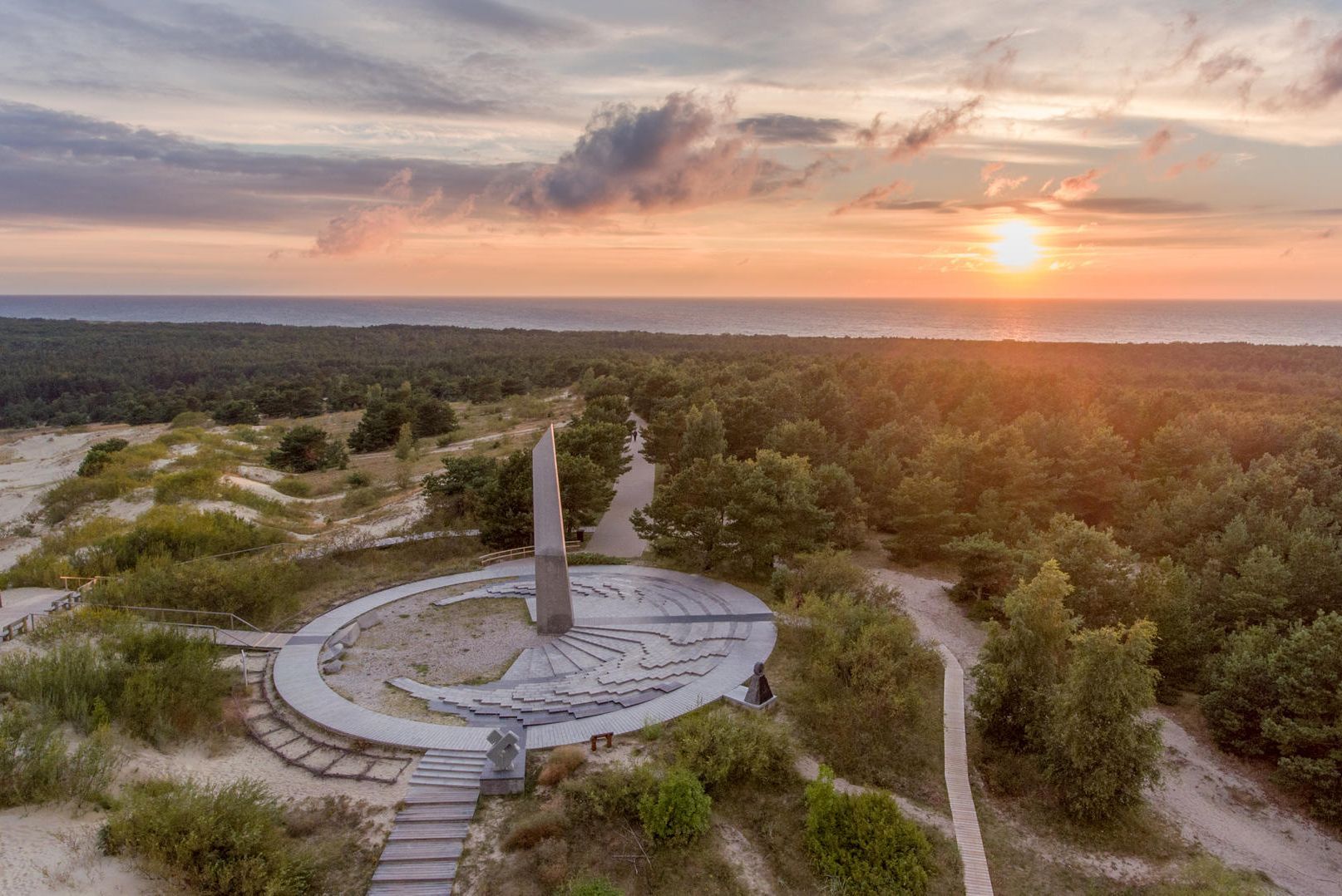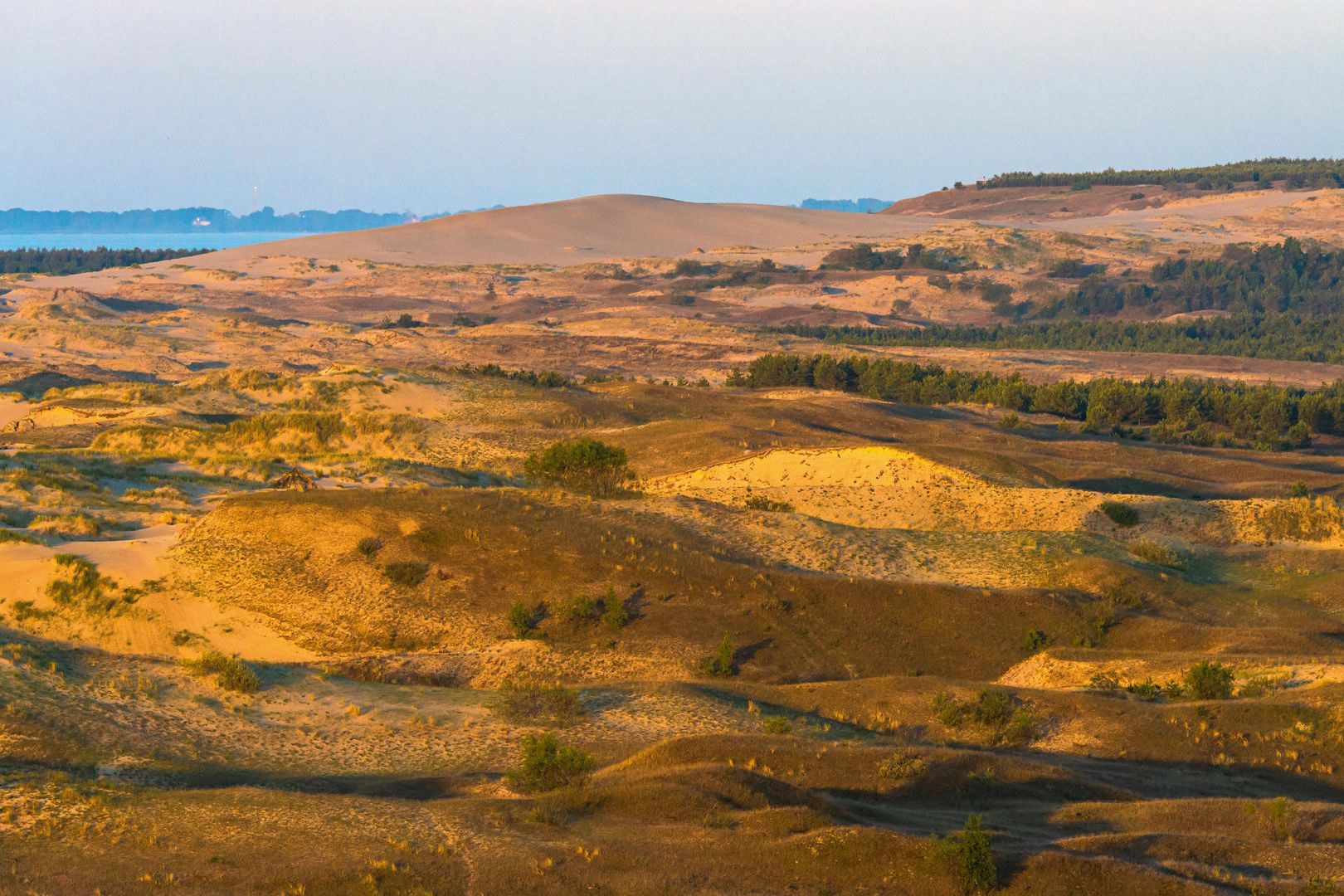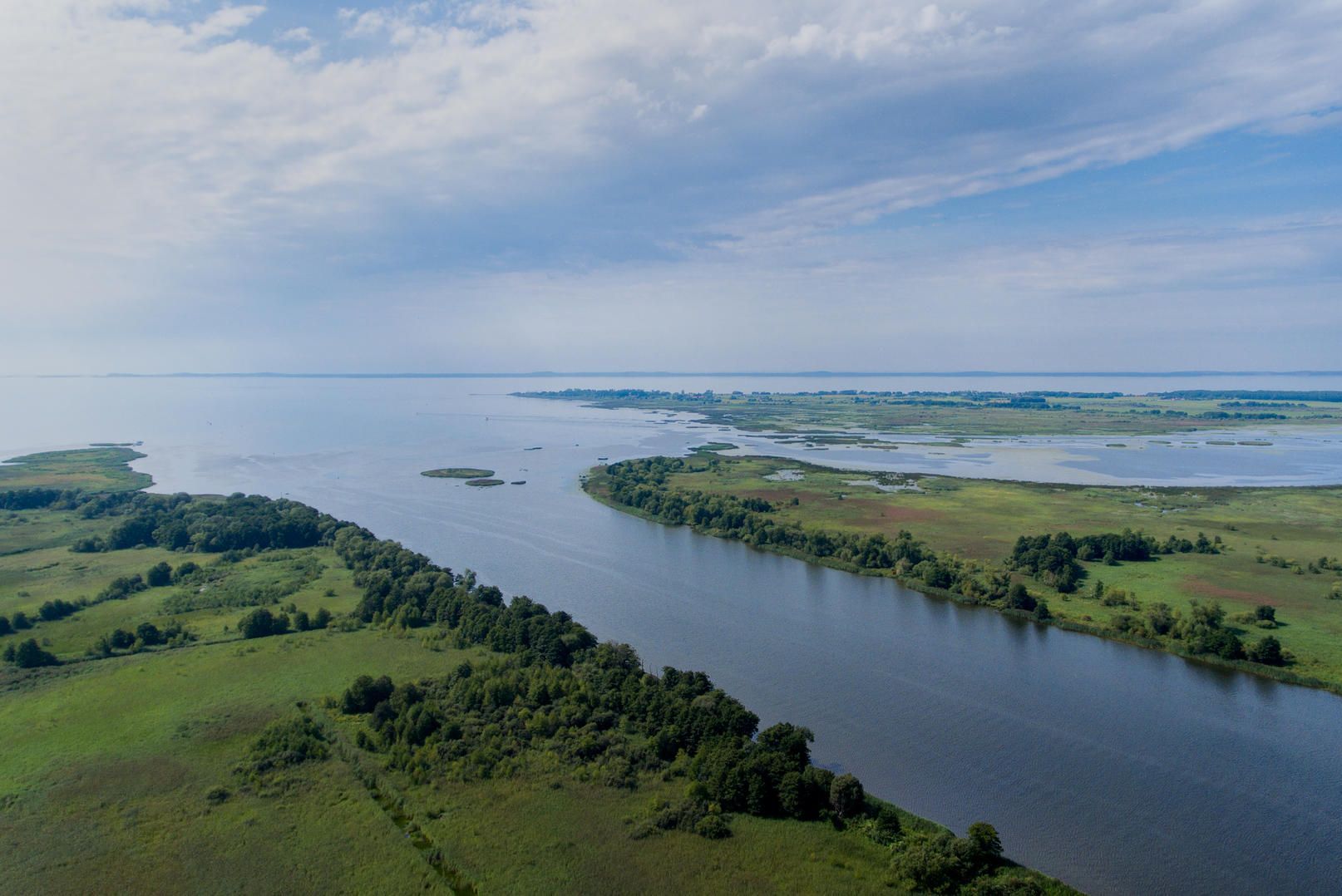Mitigating the negative impacts of mass tourism on ecosystems along the Green Belt in Lithuania
The project is implemented by the Lithuanian countryside tourism association (LCTA) from February 2025 to January 2026.
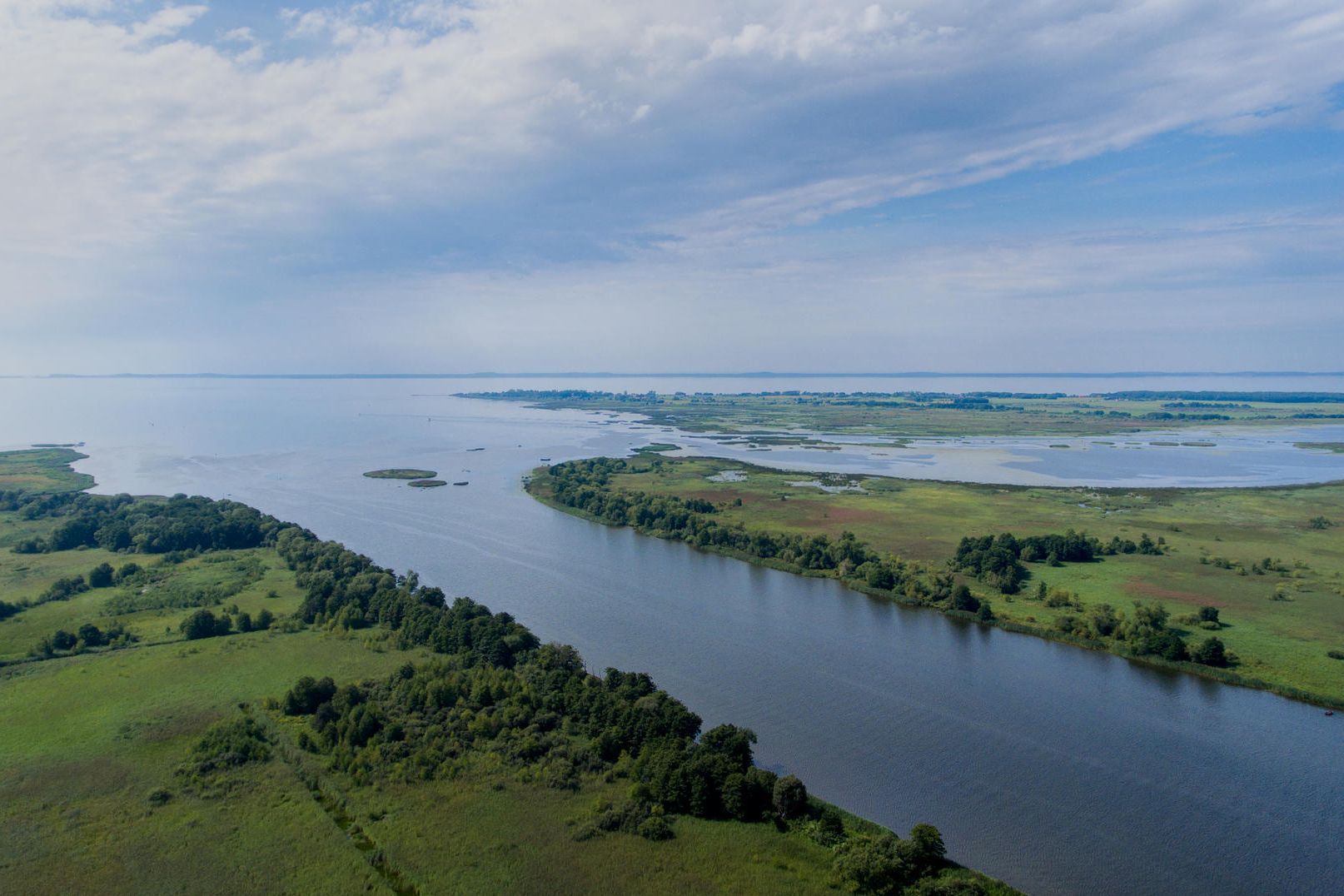
Challenge
Lithuania’s Green Belt, a fragile refuge of coastal dunes, forests, and biodiversity, is under threat from mass tourism. The impact of thousands of visitors each year, lead to habitat destruction, soil erosion, and wildlife disturbance. Unregulated foot traffic harms rare plants, while expanding infrastructure fragments ecosystems. Without action, biodiversity loss will accelerate, threatening this unique landscape.
Objective
The project aims to reduce the negative impact of mass tourism on Lithuania’s Green Belt by promoting sustainable tourism practices. Over 12 months, we will educate tourism stakeholders, students, and schoolchildren through workshops and ecotourism initiatives. The desired outcome is increased awareness, reduced ecological damage, and the development of sustainable tourism routes that protect biodiversity.
Approach
The project addresses these challenges by promoting sustainable tourism by equipping tourism stakeholders, students, and schoolchildren with the knowledge and tools to minimize the impact of tourism.
- Workshops – Train tourism stakeholders on sustainable tourism practices to reduce environmental impact.
- Education – Teach students and schoolchildren about ecotourism and responsible behaviour in nature.
- Ecotourism Routes – Develop and promote sustainable travel routes to shift focus from mass tourism.
- Awareness Campaigns – Use online platforms to spread knowledge on preserving the Green Belt.
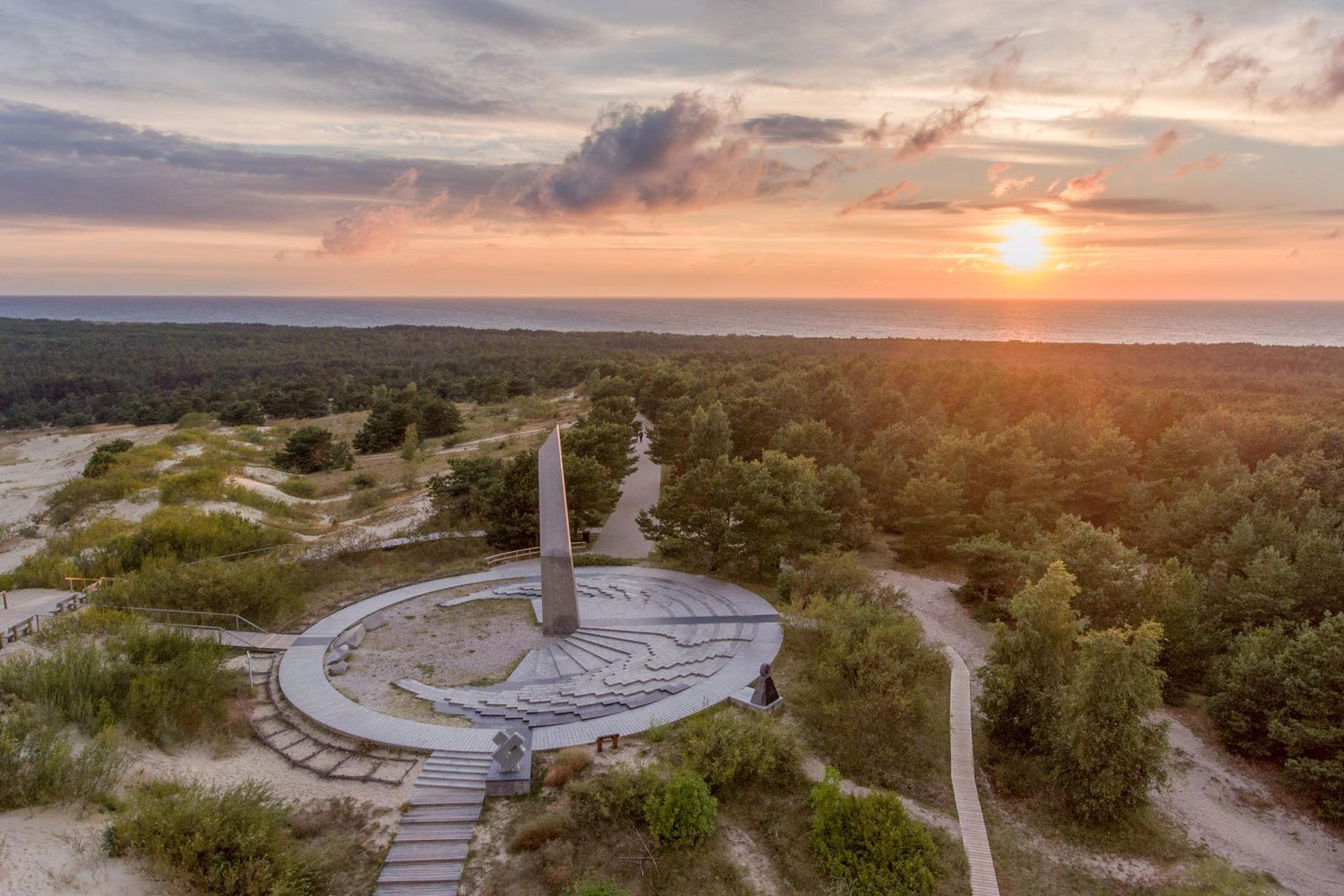
Expected Results
By promoting a shift towards sustainable and responsible tourism practices, we will protect the natural beauty and biodiversity along the Lithuanian Green Belt for future generations.
Key outcomes are:
- 60+ stakeholders trained in impact mitigation;
- 20+ students trained in ecotourism;
- 30+ school children involved in environmental awareness activities
- 3 sustainable tourism routes developed.
This will reduce ecological damage and promote long-term conservation, ensuring a thriving Green Belt for future generations.
Mitigating the negative impacts of mass tourism on ecosystems along the Green Belt in Lithuania
The project is implemented in Nida, Šilutė region, Klaipėda town and region, Palanga.
Nearest city: Klaipėda
Project lead: Lithuanian Countryside Tourism Association
K. Donelaičio str. 2-201, LT-44213
Kaunas, Lithuania
Grant: 39.802,88 €
Duration: 12 months
Contact person for the BESTbelt project: Kotryna Miliūnė info(at)atostogoskaime.lt
Website: https://countryside.lt/
Interactive Map
This map is currently hidden to protect your privacy. When you click the button below, the map will be loaded from Mapbox.
If you tick the checkbox, this selection will be saved in a cookie and the map will be displayed automatically the next time you visit the site.
